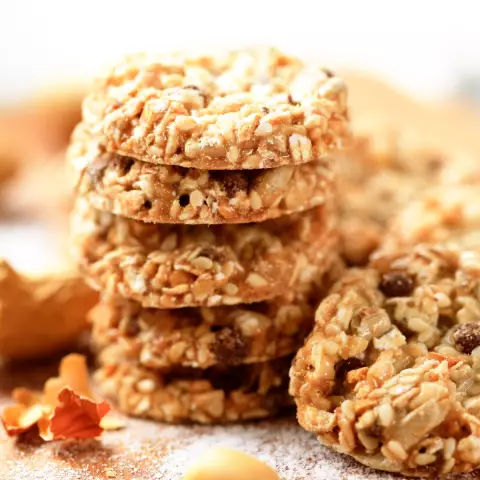- Author Rachel Wainwright [email protected].
- Public 2023-12-15 07:39.
- Last modified 2025-11-02 20:14.
Calorie jam
Jam is a dessert obtained by cooking any fruits or berries (sometimes vegetables) with maximum preservation of the integrity of the product form. Sugar is used in jam making as a preservative for long-term storage.

How many calories in a jam depends on the recipe according to which it is prepared, and more specifically, on the amount of sugar per kilogram of the original product, on the carbohydrate content in the product itself, the time of heat treatment, the thickness of the syrup and the amount of water in it. The average calorie content of the jam is 245-285 kcal / 100 g, but if fructose is used instead of sugar, then the calorie content of the jam will be much less - 150-155 kcal / 100 g.
Despite the calories, it is preferable to use jam as a dessert, since it is a completely natural product that preserves the biological value of fruits and berries used in its preparation to varying degrees. For example, jam from black and red currants, sea buckthorn, apples almost completely preserves vitamins. Like any product with a high calorie content, jam should be consumed in moderation, but if possible, it is better to replace store sweets in the menu with a few spoons of healthy and tasty tea jam.
You can reduce the calorie content of jam if you cook it from fruits and berries with a minimum calorie content, such as rowan, sea buckthorn, barberry, cherries and the like, and replace sugar with honey, fructose or stevia.
How many calories are in jam
Calorie content of jam prepared with the same amount of sugar from different berries and fruits per 100 g:
- Cherries - 230 kcal;
- Chokeberry - 246 kcal;
- Persikov - 248 kcal;
- Apples - 254 kcal;
- Quince - 263 kcal;
- Strawberries - 264 kcal;
- Apricots, black currants - 265 kcal;
- Pears, strawberries - 271 kcal;
- Raspberries - 275 kcal;
- Plums - 281 kcal
In the autumn-winter period, jam is an excellent source of vitamins, minerals, fiber, mineral salts, which are quite well preserved in the product even after heat treatment.
Calorie content of five-minute jam
If sterilization is used for long-term storage of jam, then the heat treatment process can be minimized to maximize the preservation of biologically valuable nutrients. According to the recipe, the sugar in a five-minute jam requires half as much as in the usual one, which means that the number of calories in the jam will be almost half as much.

Berries or fruits are sprinkled with sugar, infused, releasing juice, or hard berries and fruits with a dense skin are poured with sugar syrup. After a while, the syrup or juice that has been released is drained, brought to a boil and fruits or berries are immersed in it for 5 minutes of boiling. Jam is packaged in sterile containers and sealed hermetically; it should be stored in a dry and cool place.
It is especially recommended to prepare raspberry, sea buckthorn, viburnum, mountain ash and currant jam according to this recipe - an excellent source of vitamins for the winter, often used for the prevention and treatment of colds. The lower the calorie content of the jam, which is used for treatment, the less the load on the unhealthy body and the higher the therapeutic value of the product.
Despite the calorie content, jam is a wonderful dessert and a wonderful homemade natural doctor. Harvesting jam for future use should be in quantities that meet the needs of the family in the winter. Long-stored, candied jam, except for an excess of sugar, no longer has any other nutritional value. Jam should also be consumed wisely. A few spoons a day will not add extra pounds, but will provide the body with useful and essential nutrients.
Found a mistake in the text? Select it and press Ctrl + Enter.






